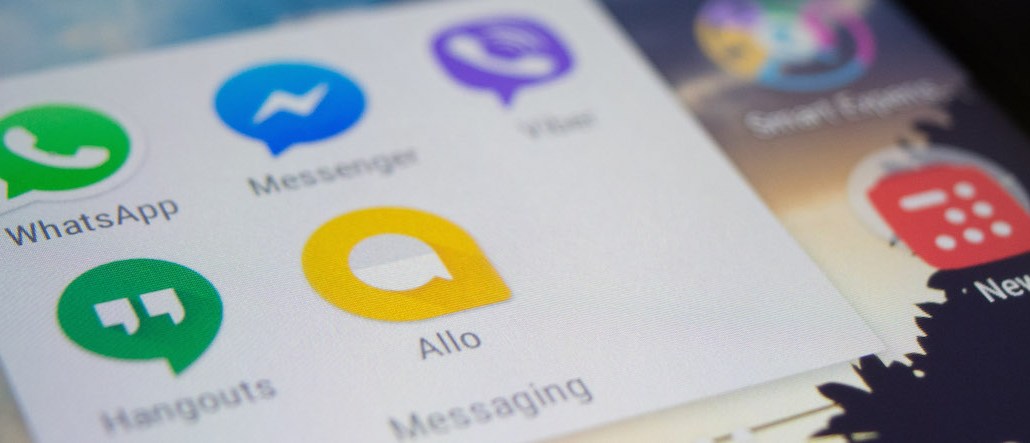
A little more than six months ago, Microsoft CEO Satya Nadella proclaimed that “bots are the new apps.” Like many tech-proclamations, it turned out to be breathless, partly true and strategically devoid of pesky details.
And for most of the media business so far, bots — like live video, distributed content teams, virtual reality, augmented reality, AI and a dozen other doodads — might be the future, but they’re not the present. While news publishers have hastily assembled bots to pump their content onto platforms like Facebook Messenger, Line and Kik, the results have been underwhelming.
“One of the hardest parts of user-experience design is distinguishing between what people want and what they need,” said Jeff Veen, design partner at True Ventures, a Silicon Valley venture firm. “Too many chatbots are just glorified interactive voice response systems that we all hate when calling a big company. ‘To check your balance, just say “balance” or press 1. To make a transfer….’ In nearly all of those situations, a simple menu-based interface showing things you can tap on would be better.”
Over the course of this year, a dizzying number of bots have sprung up across the messaging space. There are more than 50,000 bots on Facebook Messenger, and more than 3 million LINE@ accounts, which are used by businesses looking to build bots. Only a small number of these belong to news publishers, and most have a common thread running through them: They are there to serve the day’s news to users, either pieces that are “trending” or simply stories curated for the particular platform. In effect, we were promised Skynet, but we’ve gotten a souped-up RSS reader instead.
“A lot of people are just trying to push as much content on as possible without thinking about what’s unique and special [about each platform],” said Colin Doody, the general manager of strategic initiatives at Outbrain, the content-recommendation service that built bots for several top publishers, including CNN’s. “The majority of the inbound interest has been, ‘How can we use what we have?’”
Doody noted Outbrain is on the verge of releasing several new bots for publisher partners that are more sophisticated, with user experiences that are more category- and content-specific than the first wave. But the stuff most people imagined — the involved conversations, the deep connections between reader, bot and publisher content — may be quite a ways off. “My guess is we’re still in that first version, and we’ve got several different versions of one to go,” Doody said.
The blame for this can be spread pretty evenly, even to the users. The natural language processing necessary for casual conversation just doesn’t exist yet, no matter which platform you build on, and a lot of publishers lack the metadata, taxonomies and infrastructure necessary for bots to dig too deeply into the publishers content.
“You have to understand what you have, and you have to understand what you’re distributing,” said Alex Wellen, the chief product officer at CNN.
For all the progress yet to be made, there are bright spots. Line has made an earnest effort to promote news publishers, and it seems to have worked. The Wall Street Journal, which picked up 1 million subscribers there in less than six months, has 2.7 million now. CNN is closing in on 2 million, and Time, which just joined, added over 125,000 followers in the space of a week.
Elsewhere, there are publisher-specific successes too, most of them bots that serve a specific function, which doesn’t always appear newsy. Mic’s DisOrDat bot, for example, sends users prompts written by staffers, asking them which of two things they prefer — Facebook or Twitter? Clinton or Trump? Porsche or Lamborghini? — then shows whether their preference is in the majority or the minority. The bot, which recently crossed the 1 million subscriber mark, sometimes offers links to Mic stories, too, like when a user doesn’t know anything about their options.

“The heart of a bot is entertainment with information, which is what Mic specializes in,” said Cory Haik, Mic’s chief strategy officer. “The winner, we think, is somewhere in the middle of information and entertainment, but interaction is key.”
Separately, theScore has managed to grow its audience on Facebook Messenger by offering team- and game-specific push notifications to users. That kind of feature has long been standard on sports apps downloaded by hardcore fans, but it’s proven effective at turning more casual ones into regular users. The bot sent over 2 million updates to users just last week, after sending 8 million the previous five months.
Even with highlights few and far between, everybody in the space remains bullish on bots. The types of information and data that they’ll be able to share with users is going to keep growing.
More in Media

Why some publishers aren’t ready to monetize generative AI chatbots with ads yet
Monetization of generative AI chatbot experiences is slow going. Some publishing execs said they’re not ready to add advertising to these products until they scale or can build a subscription model first.

Media Briefing: Publishers who bet on events and franchises this year are reaping the rewards
Tentpole events and franchises are helping publishers lock in advertising revenue.

With Firefly Image 3, Adobe aims to integrate more AI tools for various apps
New tools let people make images in seconds, create image backgrounds, replacing parts of an image and use reference images to create with AI.





